17th century Dorking was surrounded by farms. Life on the land was hard; the clay soils to the south were poor and crops were had to be hauled to town by ox-drawn wagon. Smallholders were almost self-sufficient. They kept animals, grew fruit and vegetables, and made their own bread, ale, cheese and butter. Even a town property like the Mullins house would have had a small orchard and a kitchen garden where the tenants grew herbs, peas and beans and raised chickens for eggs.
Dorking’s twice weekly market was renowned for capons which were traded around Pump Corner. Wheat, oats and barley from the surrounding farms were traded at the market hall on East Street (High Street). Wheat was milled for flour at Pixham and Castle Mills.
The staple English diet was bread, beer and a sparing amount of meat, with fish on Fridays. Eating was seasonal. Food animals were killed at the start of winter, before they grew thin on diminishing grass or needed fodder. The meat was then pickled in brine, salted or smoked in smoke bays to provide food throughout the winter. Oak smoke made for flavoursome meat and pigs were prized for the multiple ways in which their meat can be preserved.
Each person in England – including children – drank something like 800 pints of beer a year. In earlier centuries women had made ale at home, but by the 1600s hops had been introduced to England. Malthouses and brewhouses proliferated and there were fines for brewing without a licence. The Mullins house was surrounded by inns.
Food was home-cooked in the villages, but the town boasted bakers and piemakers. Pies were made with minced meat and suet, but they also often contained raisins, currants and prunes, hence the origin of the ‘mince pie’. The Mullins house did not have a cooking area, suggesting that occupants lived on the equivalent of takeaways!

A new world and a new diet
Like William Mullins and Peter Browne, most of the Mayflower colonists had little farming experience. They struggled to feed themselves. Arriving too late in the season to plant, they stole buried seed corn and might have starved had the local Wampanoag people not introduced them to native species and farming techniques suited to the terrain and climate.
But soon the settlers’ diet was more varied than in England. Peas brought from home shrivelled, but the Wampanoag taught them how to grow ‘Indian corn’ (maize), fertilizing it with herring, and how to make cornmeal. Hunting was an aristocratic activity in England, restricted to the rich, but in the colony deer, wildfowl and rabbits were plentiful, as well as turkeys, fish and shellfish.
Multicoloured ‘Indian corn’ was first domesticated in Mexico and spread across the Americas. It was a staple of Native American diets.
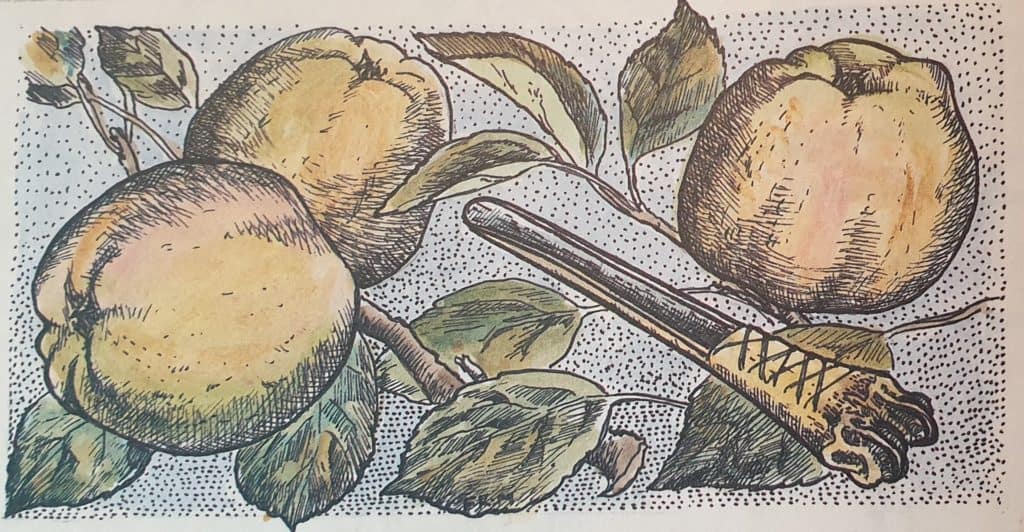
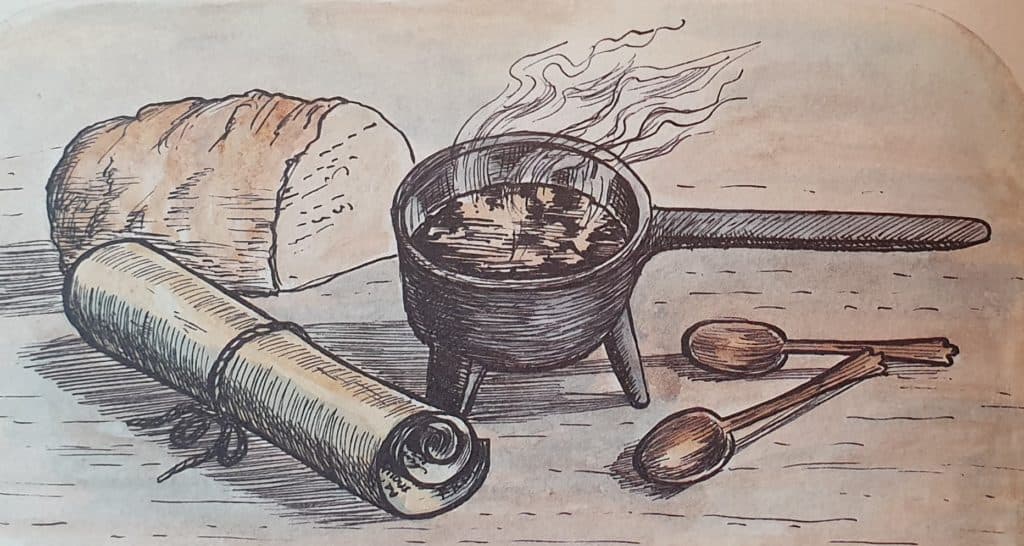

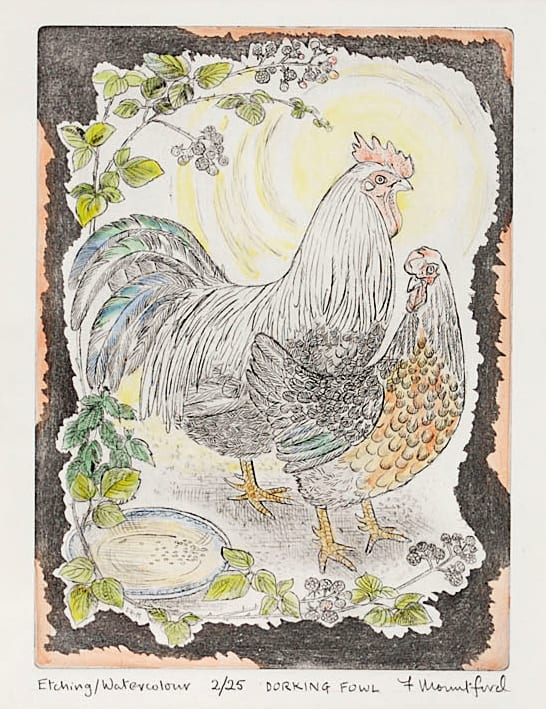


Dorking’s commons provided vital grazing for the animals of those living around them. The biggest was Holmwood. Goats were not permitted to graze on the common and their owners were fined if their animals were found there.

(Image courtesy of the Pilgrim Hall Museum, Plimoth, Massachusetts)

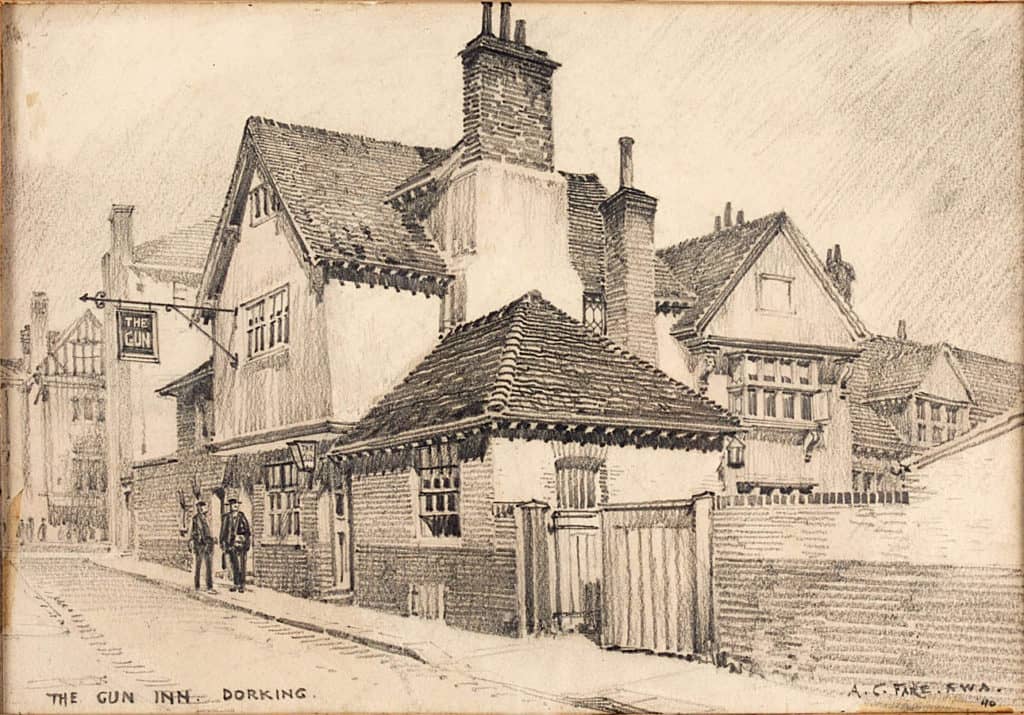
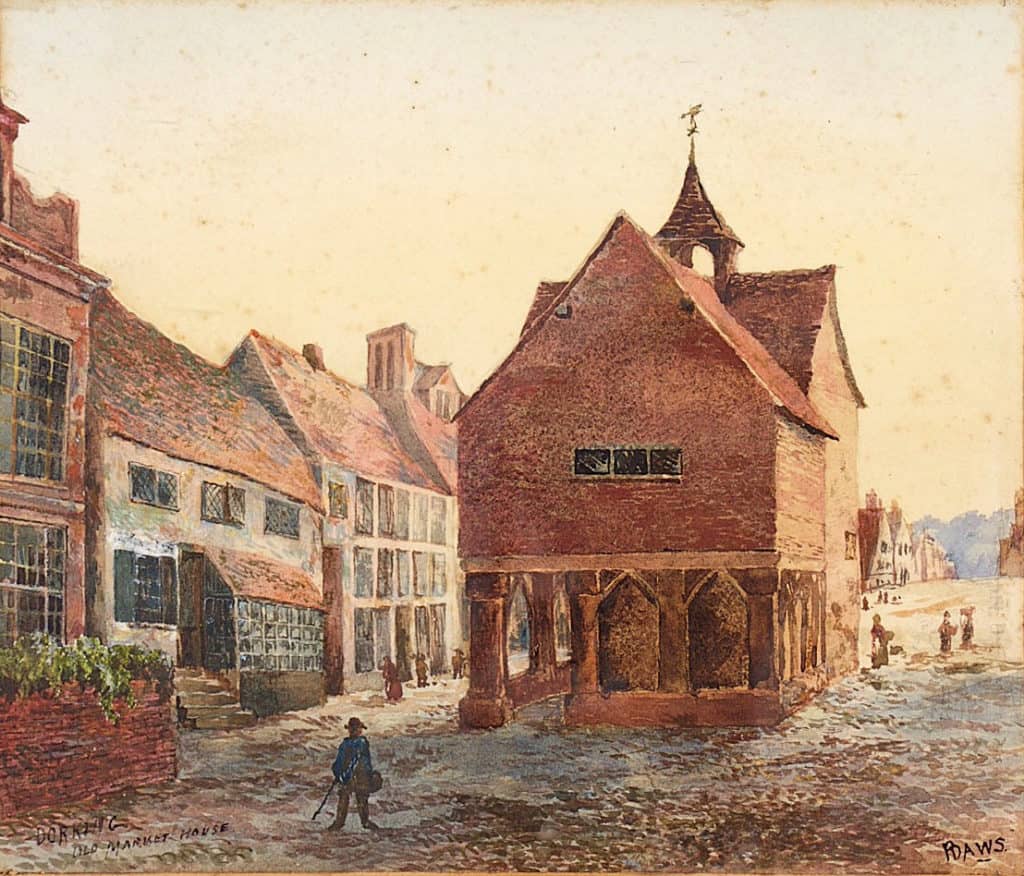
Dorking’s market hall had been built in the 1590s. Farmers to the south of the town had to drive laden wagons to market across the swampy Wealden clay, which baked into hard ruts in the summer. Often the way was impassable. Crops rotted in barns, making grain expensive in Dorking and impoverishing farmers who could not get their crops to market. (Painting by P Daws)
Previously : Hearth and Home

